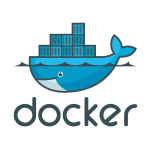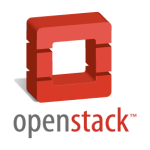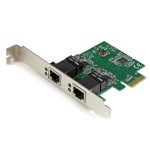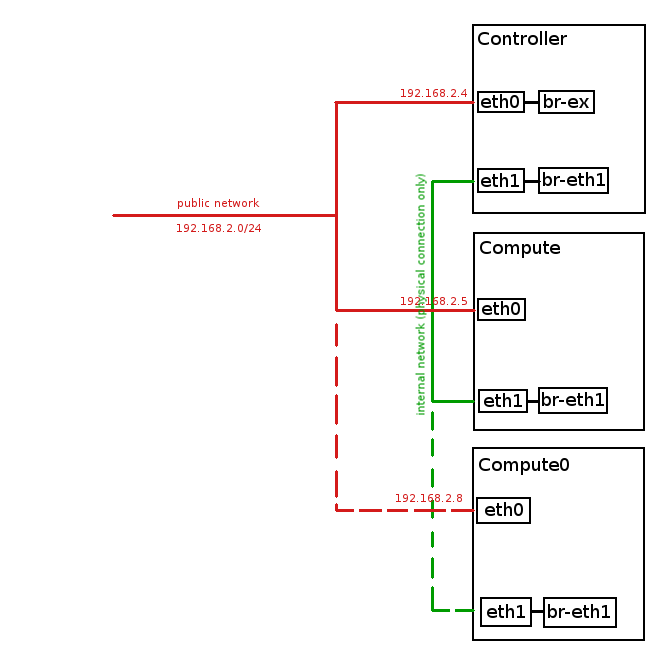
Docker is a software which automates the deployment of applications inside Linux containers, by providing an additional layer of abstraction. This guarantees that it will always run the same, regardless of the environment it is running in. Docker uses the resource isolation features of the Linux kernel such as cgroups and kernel namespaces to allow independent containers to run within a single Linux instance, avoiding the overhead of starting and maintaining virtual machines.
In this tutorial we will setup and launch Docker software on Fedora 23 (64-bit) release.
Prerequisites for Docker installation on Fedora release:
Fedora version: Fedora 22 (64-bit) or higher
kernel version: 3.10 or higher
Read More





